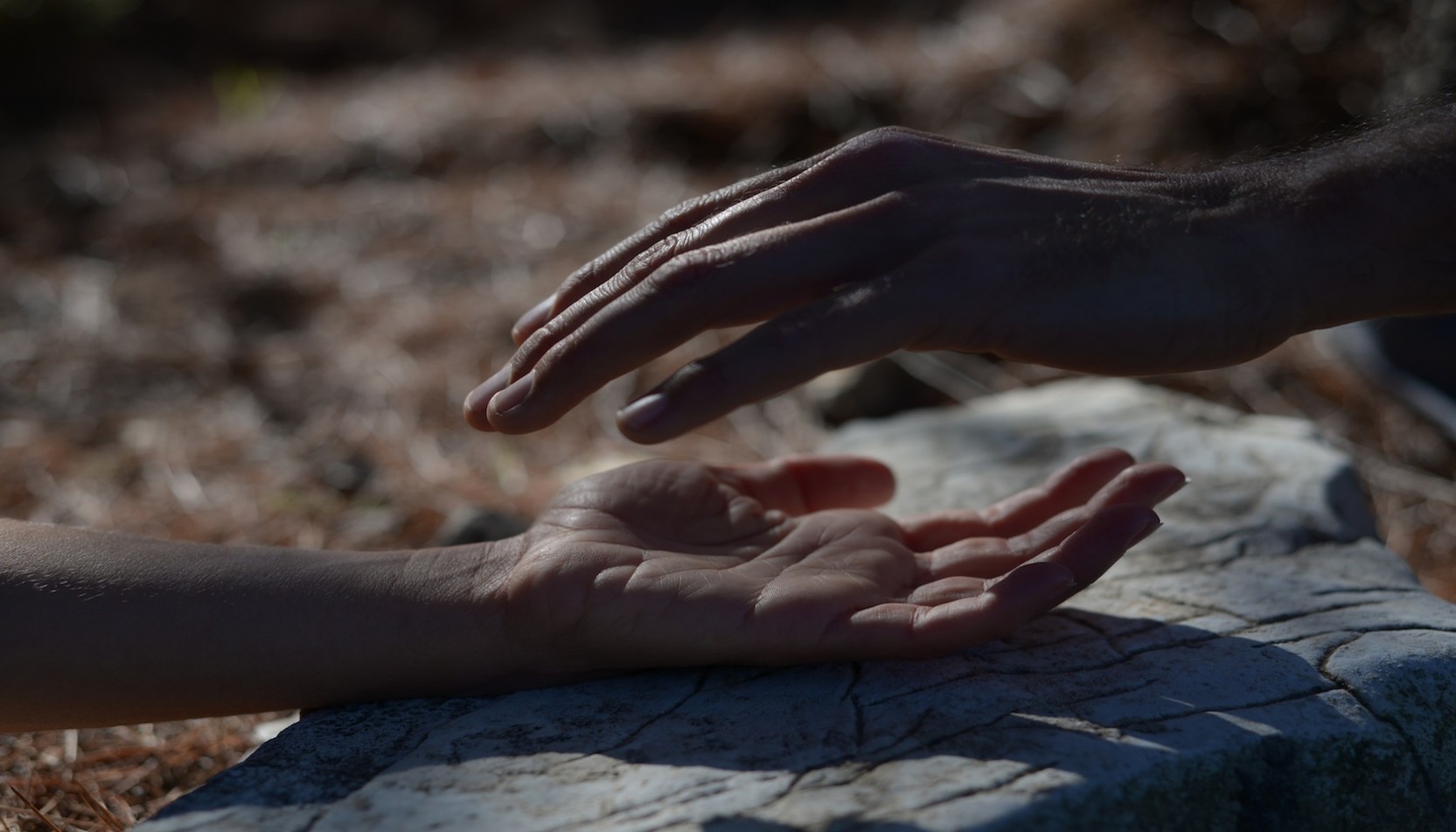
A Pilgrim's Journey is a Spiritual Journey, a movement that brings us closer towards the Divine. It speaks to our longing for something more, and our search for answers to life’s deepest questions: Who am I? Who is God? What makes me come alive and so forth?
Though ancient in its roots, the practice of pilgrimage is alive and well today.Today we have a new generation of seekers to journey beyond the edge of daily life into terrains of mystery, wonder, revelation, delight, acceptance, and transformation - “To live as a pilgrim, all you need to do, is to see your life as a journey and your role as a seeker of the Almighty.”
The Soul comes to Earth to gain experiences of a special kind which are then analyzed by the Self. Such experiences, the Self cannot gain elsewhere, in such a short time.
The Soul comes to Earth time after time, working through its Karma, through every sign and through each of the quadrants of the Zodiac; in much the same way as a student at the university takes various courses of instruction in order to get a balanced knowledge.
When it has learned all that is necessary and does not have any desire to come back to Earth, then the Soul is rid of further incarnations on Earth.
The primary intention of visiting a holy site is to receive the Darshan of the resident Deity in the temple’s inner sanctum or even an open-air shrine. The word Darshan translated into English, means, having a visual experience of being in the presence of a Deity.
In our tradition, the Deity is actually manifest in the image, statue, or icon of the temple. To receive the Darshan of the deity is to have a ‘spiritual communion’ with it.
The myths and legends of these sacred places have their roots in the ancients who experienced the characteristics or qualities of these entities residing in these places. The image of the deity may either be an iconic, or a representational image that bears some resemblance to its mystic subject or an an iconic form that merely symbolises the deity.
The various mythological, personality characteristics, of the deities in the shrines, may, therefore, be interpreted as metaphors for the way in which the spirit of the place affects human beings, who stand in its presence.
This ‘spirit’ of the place is an actuality, energy, a presence that touches human beings and affects them profoundly.
Why then, are certain places said to be the dwelling place of a feminine deity and the others of a masculine one? Ancient people, deeply in touch with the earth as a living entity, sensed either a feminine or masculine presence at such a place and spoke about it in anthropomorphic terms? These terms were then given representational form by the artistic rendering of a statue or image. Looking deeper into this, let us ask why they are not simply male and female deities, but more precisely, why are they different kinds of male and female deities?
Conventional explanations refer to such things as the fanciful human imagination, the rich and varied proto-religious inputs into formative Hinduism, and prehistoric deification of charismatic human figures into legendary archetypes. While all these things did occur, they are not the only explanations. The central premise is that the different personality characteristics of the deities are derived from various characteristics of the Earth Spirit, as it manifests at different geographical locations. To understand the quality, character or power of a specific place, we need only study the nature of the deity enshrined there. Encoded in the deity’s mythological form is a clear message indicating how a particular sacred site can affect an individual. When you visit these holy places one’s heart fills with sacredness and joy.
Just, imagine how beautiful these ancient places must have been in their original forms, when the transformation of the spiritual vibrations, of the Tapa-Sadhanas of great rishis and siddha saints, were intensely tangible in these places! A Pilgrimage to such places cleanses the pilgrim, this cleansing takes place at both, the gross and the subtle levels. In effect, it washes out the downward tendencies and opens up before them, the path of Dharma (righteous living).
You would think that just worshipping God, chanting mantras or even reading epics such as the Ramayana or any such holy book, would be sufficient enough to reach the goal of self-realization. Definitely Not! Nothing could be further from the truth! This in itself is not even sufficient to inculcate the Samskaras. Sentiments, thoughts and corresponding actions and much more, the integration of these alone can complete the process of cultivation and sprouting of noble samskaras.
Spirituality is also the awakening and expression of samskaras. These are generated by the integration of Bakthi (pure devotion), Karma (deeds) and Gyana(knowledge). Divine prayers and worship, devotional practices, from the heart in pure devotion, concurring ego, giving selflessness service and actions to others, refinement of one's personality are the spiritual actions that draw closer to divine grace. The harmonious conjunction of both Karma and Bakthi leads to the fulfillment of devotion and righteousness, which then effectuate the supernormal attainments or siddhis of spiritual elevation.
Keep this purpose and importance in mind when you take A Pilgrim’s Journey. If you are lucky to reach such important spiritual places where the spiritual vibrations of the temple or place, are still active in some form, you must devote yourself to cultivating an attitude of quietude to the uplifting vibrations pervading there. You must know that these places are not meant for merely going through some mechanical rituals and beseeching worldly favors from the deity. You must follow the disciplines there and make the best use of every moment of your presence, for your spiritual enlightenment developing it and being it touch with it.
Spiritual places are not the sites where people congregate out of religious faith and do nothing except for crowding the place with cars, buses and modern-day gadgets of tourism; bathing in the ponds or rivers there, offering some customary worship in the shrines and distributing some alms to beggars. Such a pilgrimage is no different from a picnic trip. After spending all the money and time, you may have the satisfaction of completing a pilgrimage to a ’popular place’, but in reality, such a pilgrimage is neither genuine nor worthwhile.
Understand what pilgrimage is. Remember that your journey and stay there are meant for receiving deep inspiration, for self-refinement and self-upliftment. Pilgrimage is for introspection and Tapas(of penance).
It is a time to develop a resolve to single-pointedly strive for an enlightened future. The devout endeavors of self-discipline and self-transformation of today lay the foundation for a brighter tomorrow. Pilgrimage should then be a milestone, in this ascending uphill climb of the individual self.
Looking to create your love story? Join the other couples who have dated and married through myTamilDate.com!
"How a Message on myTamilDate.com Led to an Engagement for Lavanya & Vitharan"


























